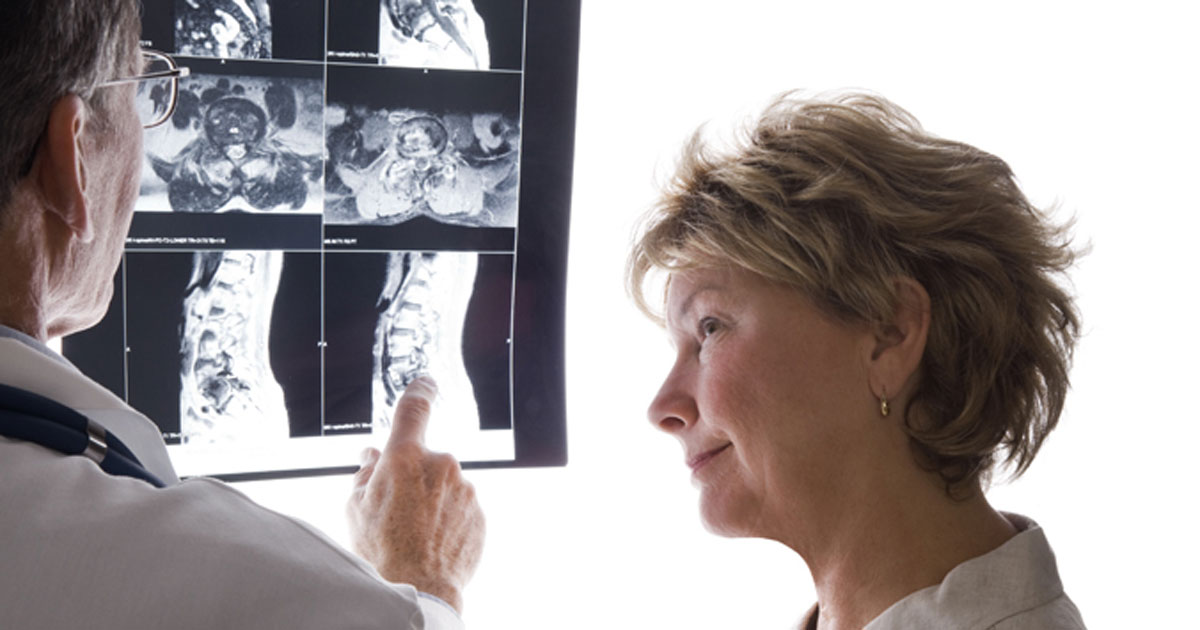Elevated inflammatory markers found in only 40% of patients with chronic nonbacterial osteitis
Click Here to Manage Email Alerts

Inflammatory markers were elevated in only 39.6% of patients with chronic nonbacterial osteitis, a condition that can trigger significant disease-related ramifications, with vertebral and mandibular involvement necessitating aggressive treatment, according to data published in Pediatric Rheumatology.
“This is one of largest case series of this condition,” Athimalaipet V. Ramanan, FRCPCH, FRCP, of the Bristol Royal Hospital for Children and Bristol Medical School, England, told Healio Rheumatology. “This case series is from only from three United Kingdom hospitals, unlike other reports, which makes it more of a homogenous population. Chronic recurrent multifocal osteomyelitis is still under diagnosed and is possibly more common than currently thought of.”
To analyze the demographics, clinical features and treatment outcomes of chronic nonbacterial osteitis, Ramanan and colleagues studied medical records of 131 children younger than 18 years with chronic nonbacterial osteitis. The data were collected from three tertiary services in the United Kingdom between 2001 and 2017, and included information on demographics as well as clinical, laboratory, radiological and treatment characteristics.

The researchers evaluated all relevant clinical notes and data. Demographic details included gender, age of onset of symptoms, age and year of diagnosis, time taken to diagnosis and ethnicity. Clinical characteristics included presenting symptoms, initial diagnosis, preceding illness, symmetry of symptoms and the site of bone pain or bone swelling.
According to the researchers, chronic nonbacterial osteitis was more common in girls than boys — by a ratio of 2.5:1 — and the median age at onset of symptoms was 9.5years. The predominant symptom was bone pain, demonstrated in 91.4% of participants. The next most common symptom was swelling, which was seen in 49.01% of patients. In addition, 39.68% of patients demonstrated raised inflammatory markers. Whole-body MRI proved to be a useful diagnostic tool.
Metaphyses of long bones were most often involved and the distal tibial metaphyses was the most common site, seen in 49.6% of patients. NSAIDs were the most-used first-line treatment, seen in 81.67% of cases, followed by bisphosphonates, which were used in 61.79% of cases. When therapy response was inadequate, treatment was escalated to a TNF blocker. The disease was in remission in 82.4% of the patients during the last follow-up.
“The study highlights the importance of whole-body MRI in diagnosis and the value of using Bristol criteria to avoid bone biopsies in typical cases,” Ramanan said. “Chronic recurrent multifocal osteomyelitis is mainly seen in teenage patients. Pamidronate is an effective therapy although a proportion do not respond to it. There is need for clinical trials of other agents such as biologics in management of this condition.” – by Jason Laday
Disclosure: Ramanan reports speaking fees and/or honoraria from AbbVie, SOBI, UCB, Eli Lilly and Roche. Please see the study for all other authors’ relevant financial disclosures.
